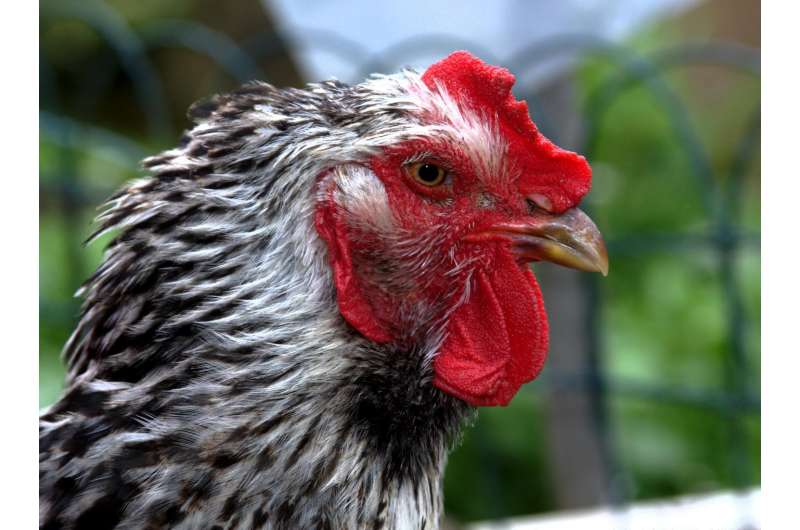Trapped Amazonian mosquitos reveal their last meals: humans, birds, and small mammals

The mosquito Anopheles darlingi is the main vector of malaria in Central and South America, but little has been investigated about its behavior. Now, researchers, reporting in PLOS Neglected Tropical Diseases, have used traps and DNA analysis to determine the most common blood-meal sources of the insects.
An. darlingi has been described as being mostly anthropophilic, preferring humans to other animals for blood-meals. But knowledge about how often the mosquitos bite other animals—as well as what animals it bites—is vital to a full picture of malaria in the Neotropics. However, researchers have previously struggled to collect an adequate number of resting An. darlingi to study their blood-meals.
In the new work, Marta Moreno, of the University of California San Diego, and colleagues from Universidad Peruana Cayetano Heredia and the State University of New York at Albany used lightweight barrier screens and aspirators to collect thousands of mosquitos in three villages in Amazonian Peru between 2013 and 2015. The date, hour, and location of collection was recorded for each mosquito, and then DNA was extracted from the abdomens of the insects. Tests were run to detect blood-meal sources as well as the presence of malaria parasites.
The researchers found that human was the most common blood source (42.5%), followed by Galliforme birds including chickens and turkeys (25.1%), and dogs (1.42%). Blood from pigs, goats, and rats was also detected. By using formulas to calculate the Forage Ratio and Selection Index, the researchers showed that Galliformes were the preferred source of blood-meals for An. darlingi. Additional numbers suggested that population structures of the mosquitos could contribute to blood-feeding preferences, with constant numbers of mosquitos each year feeding only on humans, only on Galliformes, or taking mixed-meals of blood. Of the mosquitoes tested for the malaria parasite Plasmodium vivax, 0.42% tested positive.
"Overall, our study provides unreported information of the blood-meal preferences of An. darlingi in the peri-Iquitos area, which will be the base-line to compare potential changes in the behavior of these mosquito populations," the researchers conclude. "HBI, together with other malaria metrics such as HBR or EIR, should be taken into consideration for surveillance and epidemiological studies of malaria transmission."
More information: Moreno M, Saavedra MP, Bickersmith SA, Prussing C, Michalski A, Tong Rios C, et al. (2017) Intensive trapping of blood-fed Anopheles darlingi in Amazonian Peru reveals unexpectedly high proportions of avian blood-meals. PLoS Negl Trop Dis 11(2): e0005337. DOI: 10.1371/journal.pntd.0005337


















